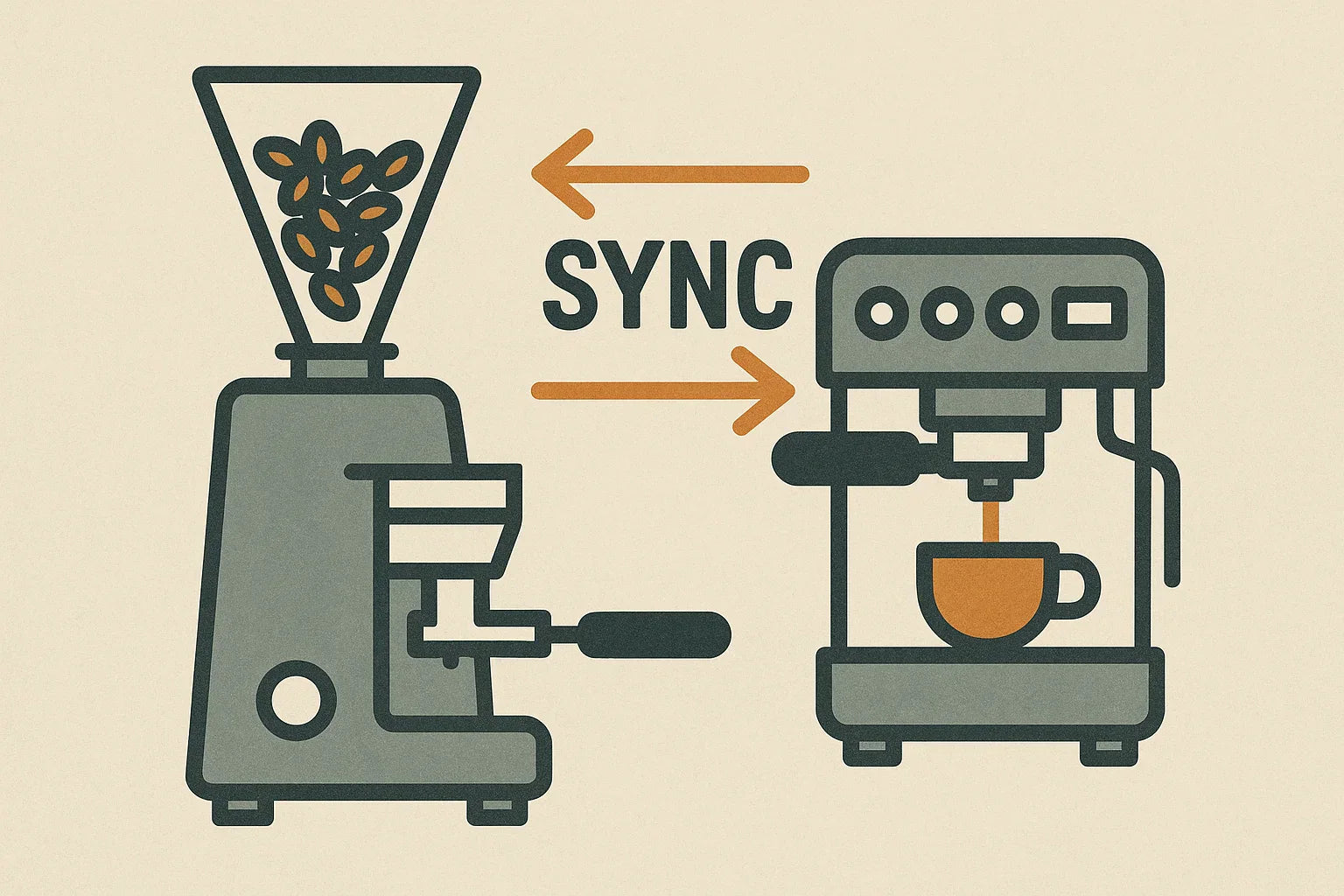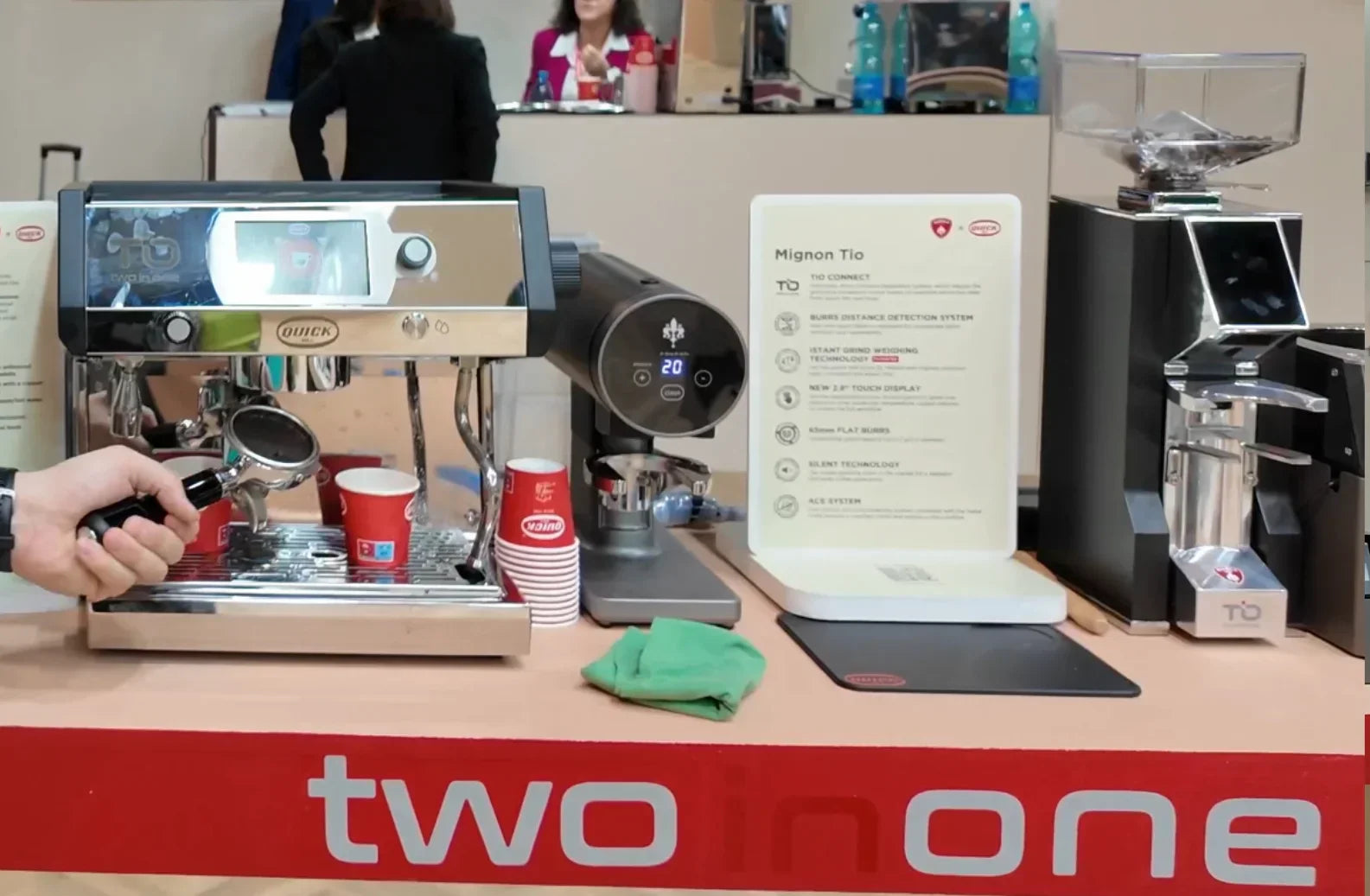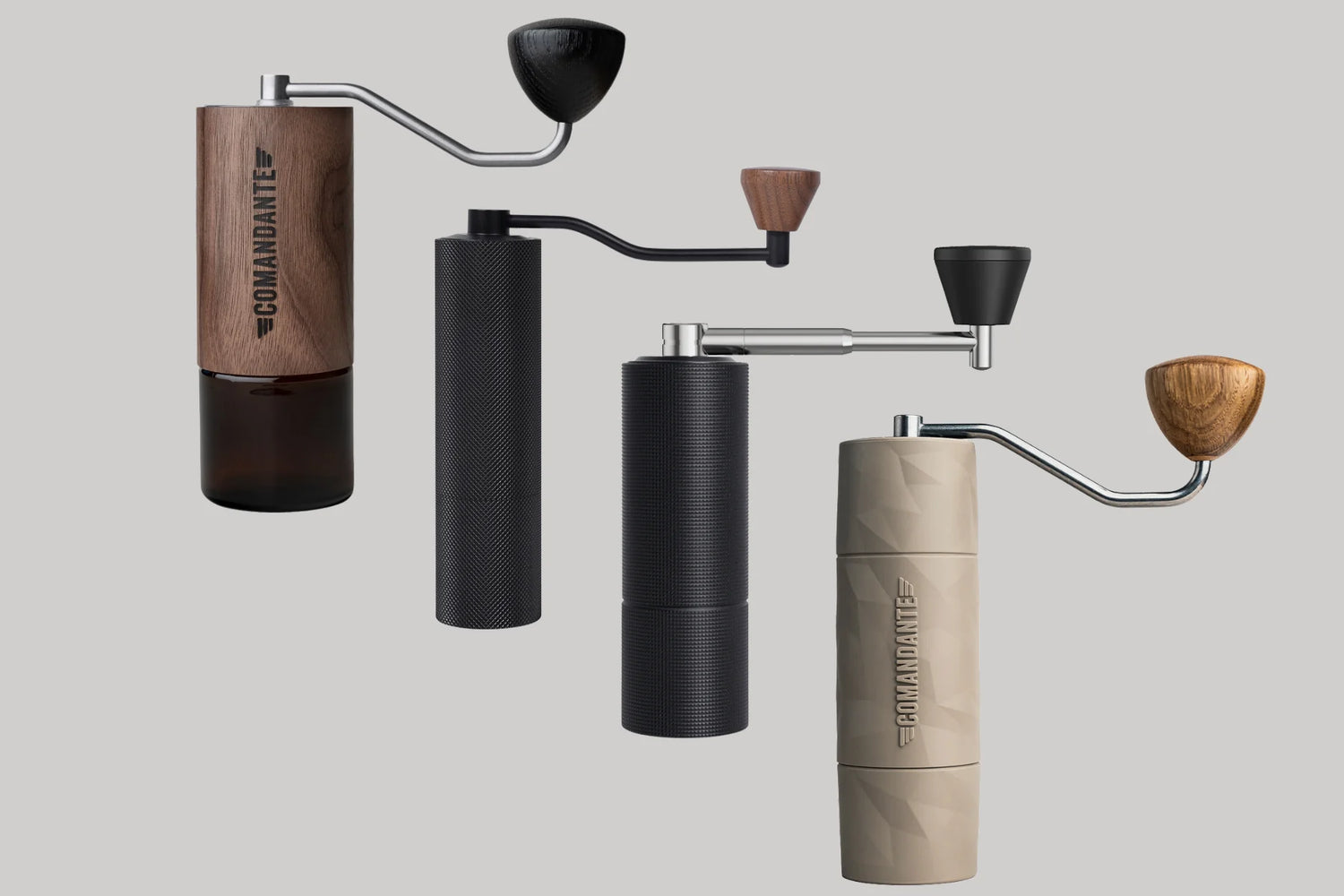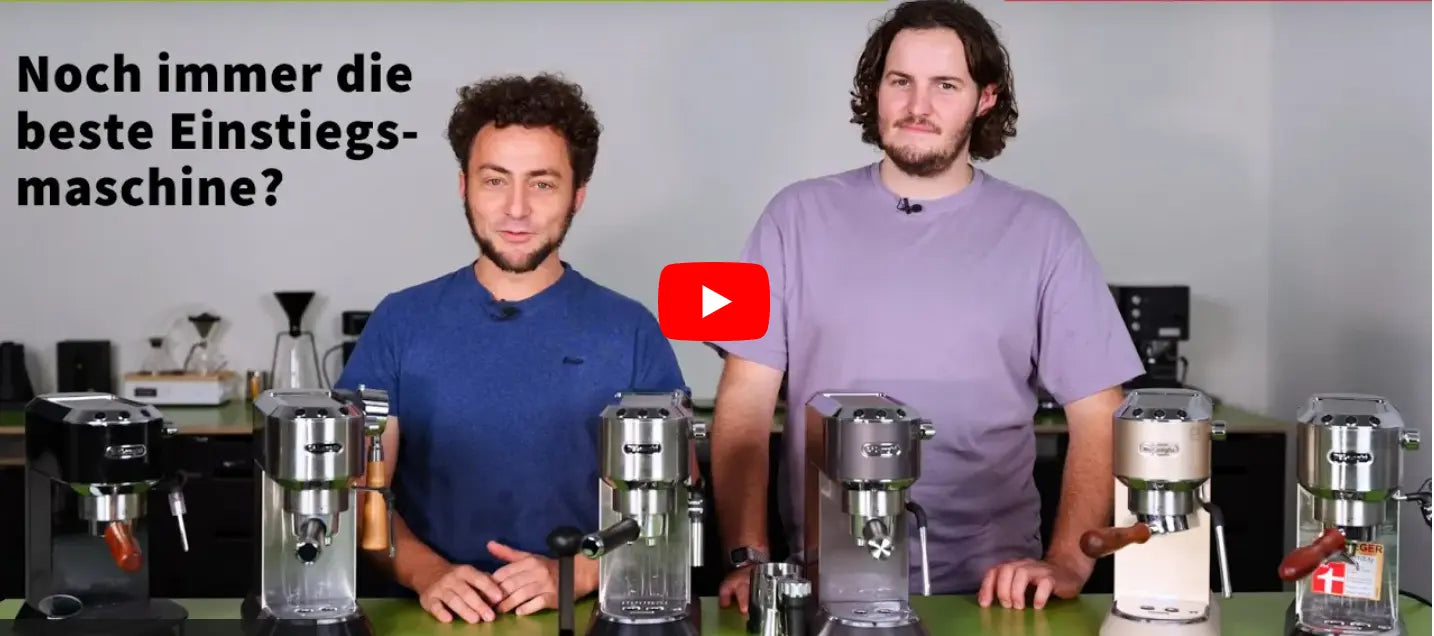How do I find the best hand grinder?
The coffee grinder market ranges from no-name products for €20 to grinders costing several hundred euros. We want to help you identify the right hand grinder for you.
In this article, we will also discuss the hand mills available in our online shop, but the criteria and tips discussed are also generally valid and applicable to other hand mills.
Which hand mill is right for me?
Choosing the right grinder depends largely on the type of coffee you drink and the preparation method you use: espresso, filter coffee, French press, or mocha pot.
As a general rule, the finer the required grind, the higher quality the hand grinder and grinder must be. Fine espresso grinds are, so to speak, the Champions League.
This also means that the more espresso-capable you want, the higher the purchase price will be.
Other important factors for using a hand mill are the quality of workmanship, durability, suitability for everyday use and the grinding mechanism.
Processing quality and durability of hand mills
In 2020, we conducted a comprehensive test of hand grinders priced under €100. Many of the various grinders we tested are no longer available. During our test, we also noticed that some hand grinders showed signs of disintegration after the first few uses.
Tip: Before buying, ask the seller if he offers spare parts or repairs for the mill.
Which is the best hand mill grinder?
You'll find various materials used for hand mill grinders. In our tests, we haven't found a convincing ceramic grinder for hand mills yet.
All manufacturers of high-quality hand mills such as Comandante, Timemore, Etzinger and Kinu rely on stainless steel grinders.
A look at electronic mills shows that some of them also use ceramic grinders and not exclusively stainless steel grinding discs.

The shape of the grinding cones used in hand mills varies from manufacturer to manufacturer, as each manufacturer has developed their own patents and has them produced by large grinder manufacturers.
The everyday suitability of hand mills
The right ergonomics
A very important factor is the practicality of a hand grinder for everyday use. Even if a hand grinder manages to achieve the right grind for your preferred preparation method, that doesn't necessarily mean that grinding will be easy.
Many of the very inexpensive grinders, for example, have a very thin crank, which doesn't allow for ergonomically comfortable grinding. This makes them unsuitable for everyday use, and the grinder quickly gathers dust in the cupboard because it's simply not enjoyable.
The grinding speed
The second important factor in daily use is speed - how long it takes for the beans to be ground.
You won't usually find any information about this from the manufacturer or seller. The reason is that it's not uncommon for a hand grinder to take more than five minutes to grind 18g of espresso-fine ground coffee. It's important to note here that the most transparent way to specify grinding speed is by the number of turns of the crank required. How fast you turn, however, is very individual.
Tip: Find out the number of revolutions required for an espresso grind.
Which hand grinder for espresso?
Preparing an espresso requires very fine ground coffee. Therefore, it's imperative that the hand grinder can grind finely enough.
ATTENTION: this is not the case with every hand grinder (even if this is sometimes advertised by the manufacturer).
It's also important that grinding is easy. This means ergonomics, smooth operation, and grinding speed must all combine to create a functional overall package.
Tip: Look for hand grinders that have both a recommended setting for espresso AND a rotation or time setting for a standard amount of beans (18g).
Adjusting the grinding level on a hand mill
Almost all hand grinders work with a click system. Therefore, the challenge lies in finding the right click setting for your desired brewing method and the type of coffee you're using.
It sounds complicated, but with the right information and guidance, it's actually not that difficult. Generally speaking, the lower the click count, the finer the ground coffee. However, you shouldn't use the lowest click settings, as grinding could cause the grinder to wear out faster (because the grinding discs touch each other).

Which grind size for espresso?
Adjusting the hand grinder for espresso follows the following steps:
- What click setting does the grinder manufacturer recommend for espresso? This is a good starting point, but it may very well not be the setting for "your" espresso.
- What is the desired extraction ratio? A standard recipe, for example, valid for our APAS Espresso, is 1:2.5 in 25 seconds. This means that 18g of ground coffee yields 45g of beverage in the cup for a double espresso (for two single espressos, place two cups underneath, resulting in 2 x 22.5g). All this in 25 seconds.
- If the espresso dispensed too quickly in the portafilter machine, you need to finer the grind. If the espresso dispensed too slowly, you need to coarsen the grind, so increase the number of clicks.
- If you're not quite getting the exact grind you need, and click setting 7 is too fine, but click setting 8 is too coarse, you have two options: Some grinders allow you to position the click wheel between two click settings. If that doesn't work, you can work with 0.5-1g more coffee and adjust the ratio accordingly. This ensures a bit more ground coffee in the portafilter, which also reduces the flow rate.
Tip: Ask the seller about the recommended grinding setting for your preparation method
Which grind size for filter coffee?
Adjusting the hand grinder for filter coffee is done in the following steps.
What click recommendation does the grinder manufacturer or seller have for your filter coffee method?
From the AeroPress to the classic V60 hand filter to the French Press, an increasingly coarser grind is required.
The seller or mill manufacturer should provide click recommendations for these grinding levels.
Which hand mills do we sell?
We work intensively with hand mills every day. Based on our experience, we have compiled our hand mill range.
There are many hand coffee grinder manufacturers and even more different models. We deliberately chose the selection we offer because we want to simplify your decision. In our opinion, it makes no sense to offer dozens of hand grinders—that would only complicate the decision even more.
The current range:
- Timemore C3 ESP Pro
- Timemore Slim 3
- Commander C40 MK4
- Comandante X25 Trailmaster
- Timemore Chestnut S3
- Kinu M 47
The Timemore C2 and Timemore Slim Plus are no longer produced by Timemore, so we have added the two successor products Timemore C3 ESP Pro and Timemore Slim 3 to our range.
Tip: All Timemore hand grinders mentioned are from the Timemore Chestnut series. You'll occasionally see them referred to as Timemore Chestnut Slim 3 or Timemore Chestnut C3 Pro. This is the same hand grinder as listed above.
Our hand mill range
These four hand grinders cover a wide range of coffees.
The Timemore C3 ESP Pro offers a very strong price-performance package with good manufacturing quality.

The Timemore Slim 3 offers excellent value for money, is made from a single piece of aluminum, and impresses with its design and quality.
The Comandante C40 MK4 is a high-quality hand grinder from the premium segment and is produced in Germany.
With the optional RedClix extension, the Comandante C40 MK4 can make very fine adjustments to the espresso grind. When it comes to adjusting the exact grind size, the Comandante C40 MK4 with the RedClix extension scores full marks.
The newest hand grinder in our range is the Comandante X25 Trailmaster . It also accepts the Red Clix axis. Its grinding characteristics are comparable to those of the Comandante C40 MK4 .
The Trailmaster is particularly well-suited for outdoor use. We took a closer look at this grinder in this video.





























